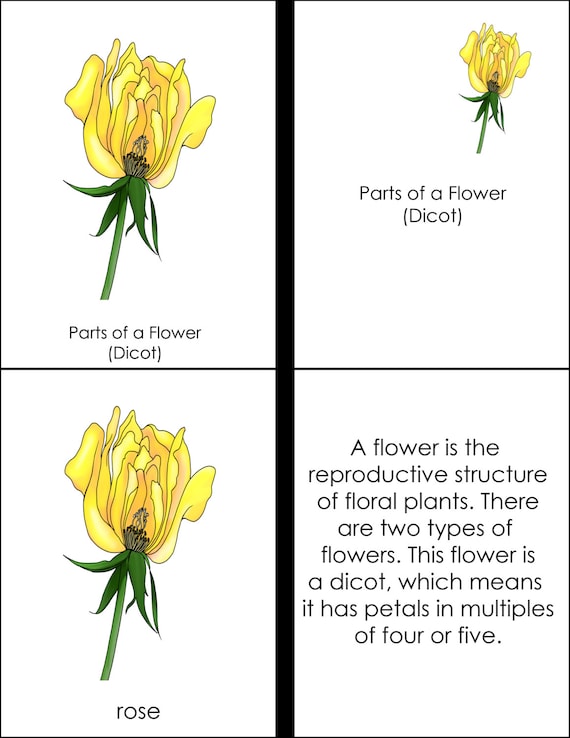
Extra axillary position is due to fusion.Įbracteate pedicellate, complete, hermaphrodite, actinomorphic, pentamerous, hypogynous, small and white. Important Types of Solanaceae :Įrect, aerial, woody below and herbaceous above, cylindrical with distinct ribs, solid, branched, green.Īlternate, simple, exstipulate, petiolate, ovate, repand, acute, glabrous, unicostate reticulate venation.Įxtra-axillary helicoid cymes. Stamens 2-4 fertile flowers zygomorphic e.g.

All stamens or 2-4 stamens fertile embryo slightly or almost straight.Īll 5 fertile stamens seeds not flat e.g. Ovary 4-celled, septum dividing placenta equally e.g. Gynoecium bicarpellary with 3-5 locules e.g. Embryo curved like a semicircle.stamens 5, filaments equal. Von Wettstein divided the family in to five tribes and two groups:Ī. Asgandh, Sanskrit – Ashwangandha):ĭivision of the family and chief genera : xanthocarpum a spinous xerophytic herb.Ĩ. Produces edible reddish berries that are enclosed in a bladdery and persistent calyx.Ī roadside herb S. Dhatura or Thorn apple):Ī herb with highly poisonous fruits and seeds.Ī tall herb with red globose pulpy fruits. Rat Ki Rani or Queen of the night):Ī garden plant with flowers emitting sweet smell at night.ģ. It is allied to Scrophulariceae but the latter differs from it in actinomorphic flowers and obliquely placed carpels.Īn ornamental genus characterised by the presence of 4 didynamous stamens.Ģ. It is related to Convolvulaceae in the presence of persistent calyx, twisted corolla and false septum. Solanaceae bears a close relationship to the Boraginaceae in alternate leaves, regular flowers and five stamens. Rendle placed the family in the Tubiflorae, assigning a separate position for the Convolvulaceae under the order Convolvulales. Wettstein placed the family in the Tubiflorae along with Convolvulaceae. Hallier regarded Solanaceae as a primitive member of the tubiflorae together with the Scrophulariaceae and both have arisen very likely from the Linaceae. Reduction in the number of carpels to two.ħ. Calyx and corolla are gamosepalous and gamopetalous.ĥ. Leaves exstipulate, in some finely divided.ģ. Most of the plants are herbaceous and many are annuals.Ģ. Flowers actinomorphic, hermaphrodite and hypogynous.ġ.

Inflorescence solitary axillary or terminal.Ĥ. Petunia, Cestrum, Lycium, Salpiglossis, Schizanthus are cultivated in gardens for ornamentals.ģ. Tobacco is obtained from leaves of Nicotiana tabacum and variously used in cigars, bidi, chewing, jarda etc.


 0 kommentar(er)
0 kommentar(er)
